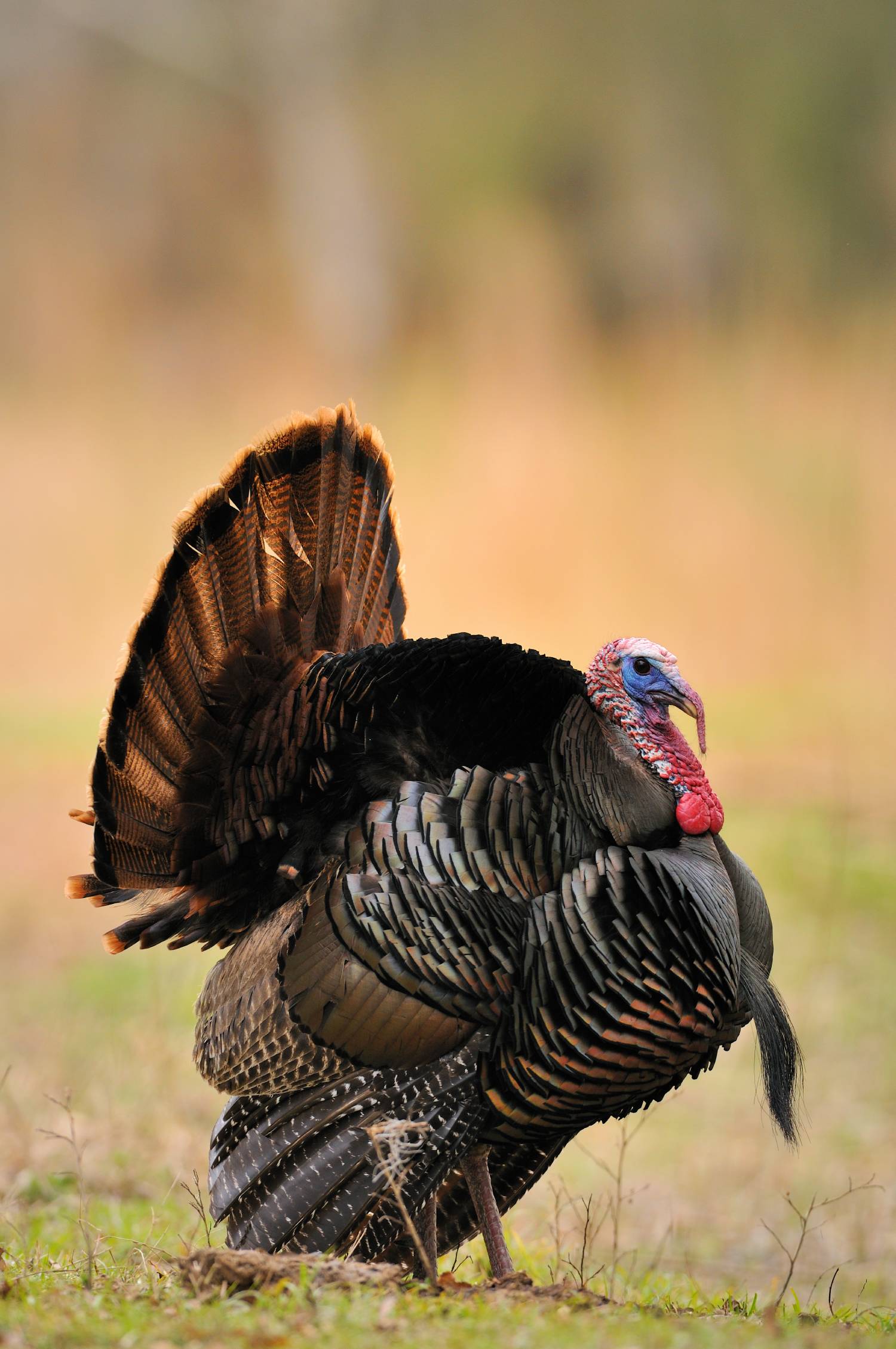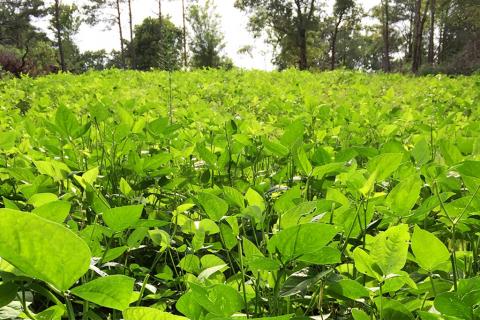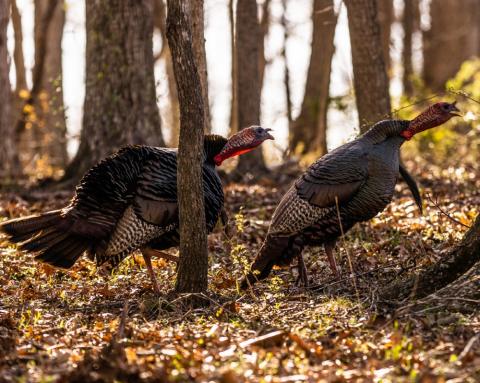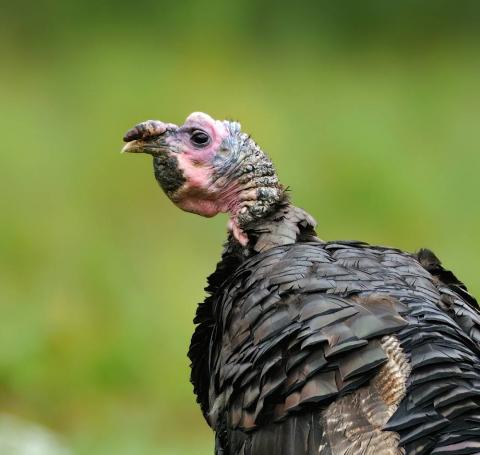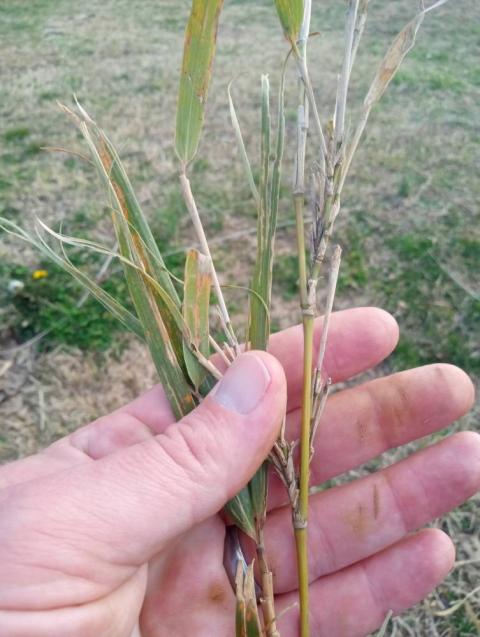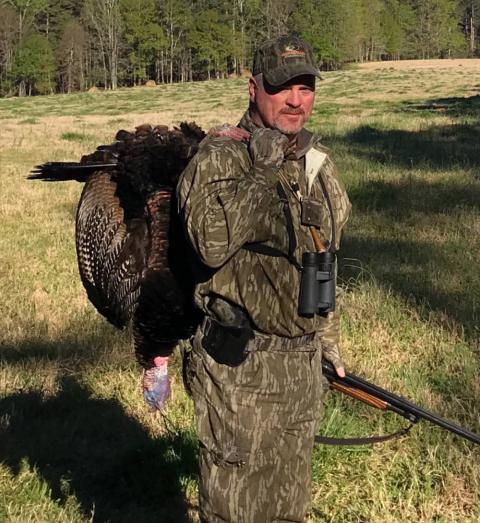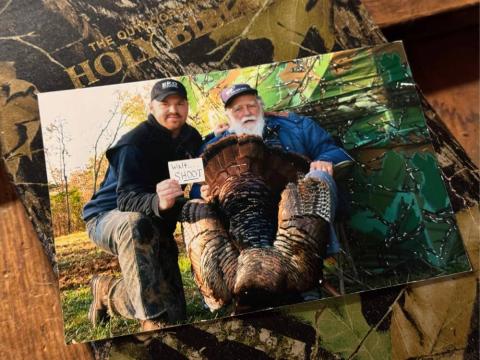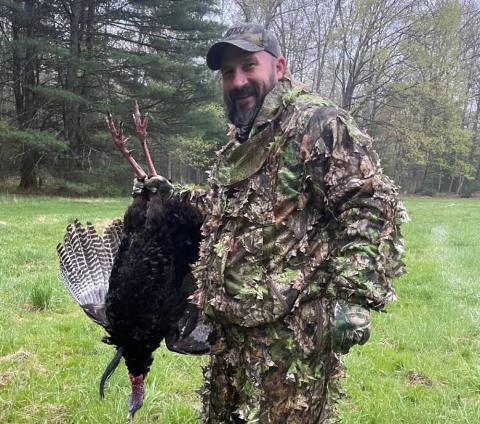Neill Haas
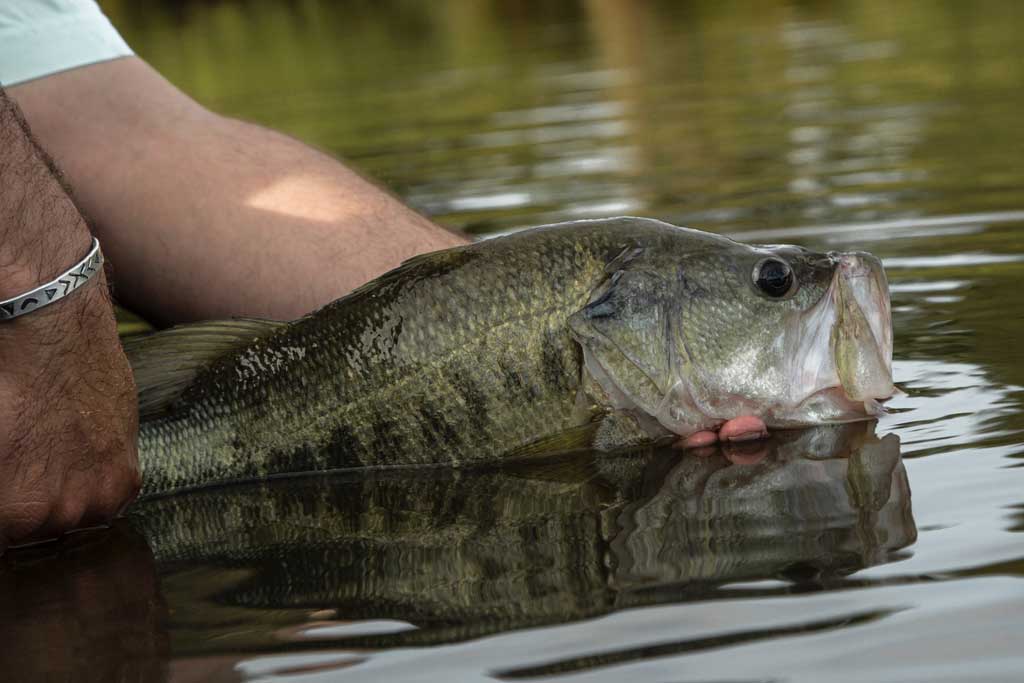
For a recreational bass fishing pond to reach its full potential and maintain that peak, it must be managed throughout the year. One major component of managing a fish pond is controlling the fish population. If a pond gets overpopulated, there becomes a lack of food and there will be a corresponding decrease in fish size and health.
There are other factors in pond management like water quality to consider, but the fish population is often the most overlooked. One reason is that when your pond has a large bass population, you can catch largemouth bass on every cast. What pond owner doesn’t like that? As any fisheries biologist will tell you, when the bass population is out of control, you will soon see a decrease in size. Without proper pond management, you will quickly see the health of your largemouth bass suffer.
Controlling the fish population in a pond requires it to be fished enough to take out the right number of fish per year as well as keeping the right size. This process also needs to be organized and kept up with, instead of just “ball-parking” how many fish are taken out of the pond. One great way gamekeepers can keep a detailed track record of their ponds is to have a mailbox by every one of the main docks. In each mailbox is a notebook that everyone fills out when they are finished fishing for the day. This keeps a record of the date, exactly how many fish were caught, the size of each fish and how many were taken out.
There are many methods that fisheries biologists use to take an inventory of the numbers and types of fish in a bass pond. They are accurate, no doubt, but pond owners can also use logic and common sense numbers to increase the health of their bass population. It’s not hard to do and can increase the number of big bass you catch. Pond management can be as complicated or simple as you want to make it.
For fertilized ponds, try to keep about 20 to 35 pounds of bass per acre per year depending on how bad the overpopulation problem is. If the population in one of your lakes or ponds is balanced, you need to keep about 10 to 20 pounds per acre per year. The sizes of the bass that are generally kept are 14 inches and smaller. You can use the fish you take to stock other ponds or have a fish fry. Largemouth bass and bluegill both make excellent table fare.
There are many ways to reduce the number of bluegills and largemouth bass. Many get scientific in their pond management with excellent results. They notice more fish on beds during the spawn. More fathead minnows and forage fish are available, and large numbers of fingerlings are along the weed beds. You can also reduce the population and grow trophy bass the old-fashioned way by involving friends and family. All they need is a rod and reel.
Letting family members and close friends fish these ponds on a regular basis is a great way for all to enjoy and have a part in managing its success. It would not be possible to keep an accurate record of the amount of fish taken out of our ponds without these mailboxes that we put at every dock. Since we have started keeping up with the number and size of the fish caught as well as culling the proper size, there has been a very noticeable increase in the size of the fish in our ponds.
Getting friends and family involved in your bass pond management is a great way to raise the next generation of gamekeepers. They will have fun with it, even if it’s just stocking or catching bluegill. It’s up to you to make it a learning environment. Let them share ownership of the health of your bass pond. You reap the rewards in largemouth bass and watching your friends and family grow into gamekeepers. For more info on pond management, read “Habitat Structure for Producing and Holding More Fish.” Some fish species relate to bait more than structure. But even when that’s the case, the bait they’re after usually relates to structure of some kind. So giving your fish something to relate to in the form of structure is a huge step forward to producing and holding more fish.
If you notice that you are catching largemouth bass on every cast, the average size bass you are catching is getting smaller and there are fewer bluegill caught, then your bass fishing pond is not reaching its full potential. It’s time for you to put up a mailbox and keep track of how many fish anglers take from your pond. With help from your friends and family, you will be taking big bass in no time.

















